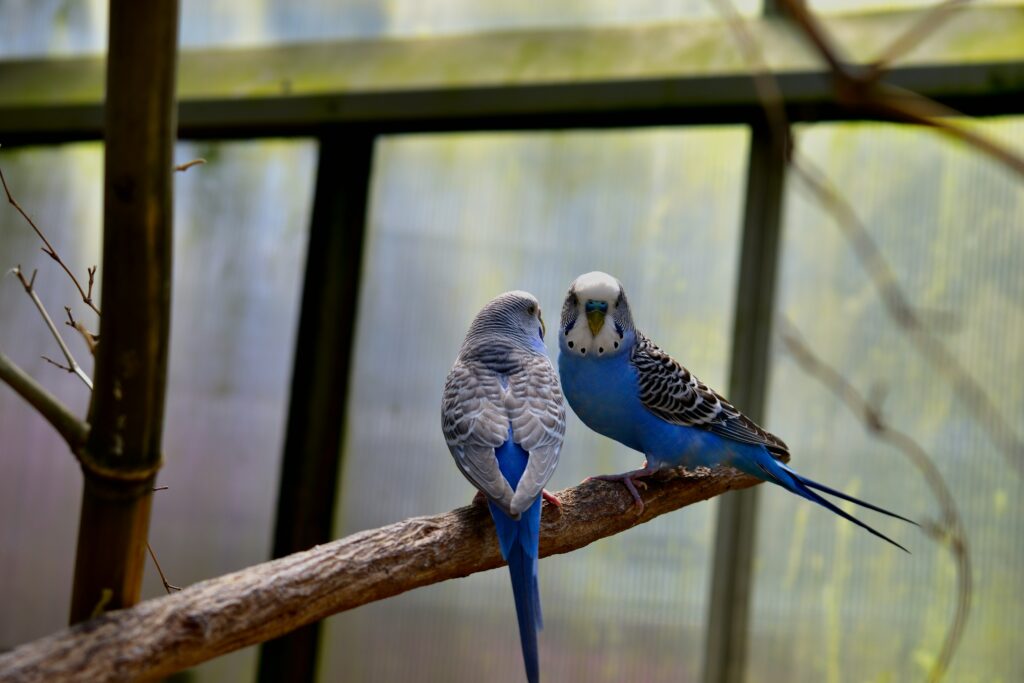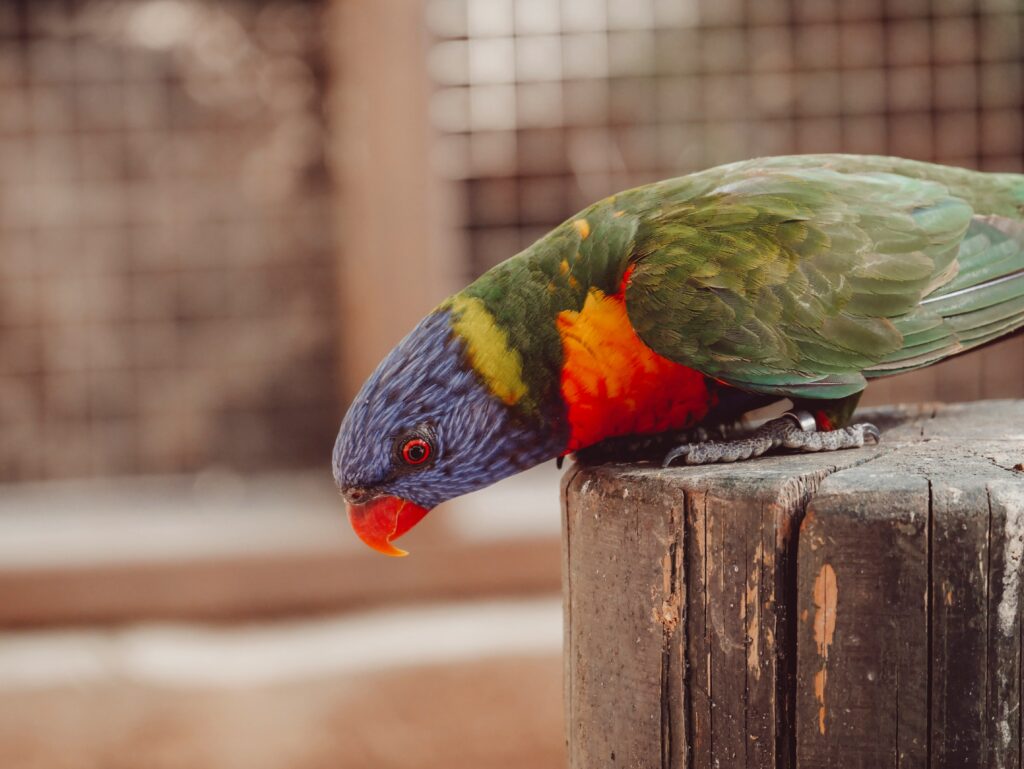Parakeets, those vibrant and sociable companions with feathers of various hues, bring boundless joy to households worldwide. Beyond their visual splendor, parakeets communicate through a unique language – their melodic sounds. In this exploration, we embark on a comprehensive journey to unlock the melodic mystery, delving into the joyful meanings concealed within the enchanting sounds of our feathered friends.

Understanding the Varied Tones
Parakeet sounds are as diverse as the colors adorning their plumage. From cheerful chirps to playful whistles, each tone conveys a distinct message. To comprehend the meaning behind these avian melodies, let’s break down the different sounds your parakeet might produce.
Different Parakeet Sounds:
The Morning Symphony
Parakeets are early risers, and their morning symphony is a delightful way to start the day. The cheerful chirps signal a sense of contentment and happiness. As your feathery friend welcomes the dawn with these melodic notes, it’s expressing joy and a positive outlook. This morning ritual not only sets a positive tone for the day but also reflects your parakeet’s inherent optimism.
Whistles of Playfulness
Parakeets often engage in a playful exchange of whistles and trills during playtime. These sounds signify a state of happiness and excitement. The rhythmic nature of their whistles mirrors their high spirits and serves as a form of social interaction with both their avian companions and human caregivers. As your parakeet engages in these playful vocalizations, it’s inviting you to share in the joy of the moment.
Contented Purring
If you’ve ever heard your parakeet emit a soft, purring sound, consider it a sign of deep contentment. This gentle cooing usually occurs when your pet is relaxed and at ease, often while perched on a favorite spot or nestled in their cozy cage. The contented purring is a testament to your parakeet’s comfort in its environment and its trust in you as a caregiver.

The Positive Impact on Parakeet Well-being
Understanding the meanings behind parakeet sounds is not just an enjoyable exercise for bird enthusiasts; it also plays a crucial role in ensuring the well-being of these charming creatures. When you respond to their melodic expressions, you strengthen the bond with your parakeet, creating an environment where they feel understood and cared for.
Creating a Harmonious Environment
To foster a harmonious relationship with your parakeet, consider the following tips:
- Respond to Their Calls
When your parakeet engages in a conversation with you through its chirps and whistles, respond in kind. This back-and-forth interaction not only enriches their environment but also provides mental stimulation. By acknowledging their communication, you validate their efforts to connect with you, enhancing the mutual understanding between you and your feathered friend. - Mimic Their Sounds
The capacity of parakeets to mimic sounds, including human speech, is well recognized. Encourage them to do this by softly imitating their chirps and whistles. This not only entertains them but also reinforces the bond between you and your feathered friend. As you mimic their sounds, you create a shared language, strengthening the sense of companionship between you and your parakeet. - Provide Enrichment Activities
Keep your parakeet mentally stimulated by offering a variety of toys and activities. This prevents boredom and encourages the expression of positive sounds associated with playfulness. Enrichment activities, such as puzzle toys and interactive games, engage your parakeet’s cognitive abilities, ensuring a happy and stimulated pet. - Establishing Routine
Parakeets thrive on routine, and a consistent daily schedule contributes to their overall well-being. As you establish a predictable routine for feeding, playtime, and interactions, your parakeet becomes more comfortable and secure in its environment. This sense of security is reflected in their melodic expressions, as they feel safe and content daily. - Providing a Safe Haven
Creating a safe and comfortable environment is essential for your parakeet’s happiness. Ensure their cage is spacious, well-equipped with perches and toys, and placed in a location with adequate light and ventilation. A secure and stimulating living space contributes to positive vocalizations, as your parakeet expresses its satisfaction with its surroundings.
Parakeet Sounds- Video Tutorial
Conclusion
In conclusion, decoding the joyful meaning of parakeet sounds opens a window into the vibrant world of these feathered companions. By understanding their diverse tones and responding appropriately, we not only enhance the well-being of our pets but also cultivate a deeper connection with them. So, the next time you hear the melodic mystery of your parakeet’s sounds, revel in the joyous symphony they create – a language that transcends words and speaks directly to the heart.
As you explore the joyful meanings behind parakeet sounds, remember that each chirp, whistle, and purr is a unique expression of your feathered friend’s emotions. By actively participating in this avian conversation, you not only enrich your parakeet’s life but also create a harmonious and joyful bond that resonates through the melodies of your shared existence.
